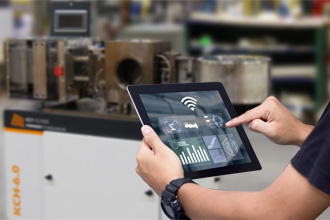

January 1 2020

You may have heard of the term “Industry 4.0,” since it’s the hottest buzz word in the world of machine technology. Where Industry 3.0 brought us the computing age, Industry 4.0 brings us the next step in technology with automation and data exchange across numerous platforms. You may have also heard other buzz words such as the internet of things (IoT), cloud computing, and artificial intelligence (AI), which are describing essentially the same or related technology. In this blog, I’m going to explain the benefits of incorporating the Industry 4.0 technology into your extrusion system.
So, how does Industry 4.0 fit into extrusion melt filtration?
First, let me explain what is trackable in the melt filtration, also known as the screen changer. Industry 4.0, as I mentioned, is the next level of technology where there is data exchange across platforms. The type of data that is most useful in a screen changer is performance-driven parameters. These parameters include upstream and downstream pressure, screen inlet and outlet temperature, the advancement of screen via inlet encoder wheel, screen puller position, hydraulic solenoids, guard interlocks, alarms, and operator setpoints.
What can you do with this data? How can it assist with your screen changer?
At Parkinson Technologies’ Key Filters brand, we are beta testing our platform to host and display this information. Using a secure web service, we can capture this data and view it in a useful manner. We offer a dashboard showing the performance of your machine, alarms, and setpoints, providing a quick reference to the performance of the screen changer as well as your extrusion process. There are several ways this information can assist in a continuous belt screen changer. The two most beneficial ways are to reduce downtime, which would normally warrant a field service visit, and to optimize your process, which translates into improved product yield.
While our customers gain value from this information, it’s certainly not a one-way street. As an OEM, it is not uncommon to receive field service requests related to nuisance issues, and we often find it very difficult to discover the root cause of an issue when troubleshooting over the phone. Gaining access to a data log potentially allows us to diagnose a problem in minutes over the phone, thereby getting you back up and running quickly. One example of this is if you found the screen changer displaying a screen advance error, which could be caused by a variety of issues. Most commonly, it’s due to the screen changer not advancing correctly. If the Industry 4.0 system were set up on the machine, one of our field service technicians can log into the system, gain access to the data and, for example, discover that the screen encoder is misbehaving. The primary corrective action for this would be to check the wiring for a loose connection. If this were indeed the case, then you’d be back up and running in minutes rather than waiting for a field service technician visit.
Optimizing your process is another benefit of Industry 4.0. One example is tracking advancement rates from one batch of material to another, which provides insight into the levels of contamination between batches and possibly suppliers of those batches. Another example is if you’re processing a variety of grades of elastomer or different thermoplastics on the same pelletizing line. You can optimize the pull cycles to correspond to delta pressure set points and dial-in the quality of each product. You can also track direct operator inputs on the screen changer to see if their setpoints are inefficient. Additional training might be required to rectify this issue.
As you can see, there are many benefits to implementing an Industry 4.0 system in extrusion melt filtration. What does the future hold for this level of technology and are there more benefits to come? Yes, this is only just the beginning. Machine learning, also known as Artificial Intelligence (AI), will play a part. Try not to be overly concerned with the terminology. These machines will not be our future overlords. Instead, machine learning will help humans decipher information into actionable recommendations such as methods for optimizing the process, informing you when components need service or replacements, and notifying your purchasing department when it’s time to reorder screen.